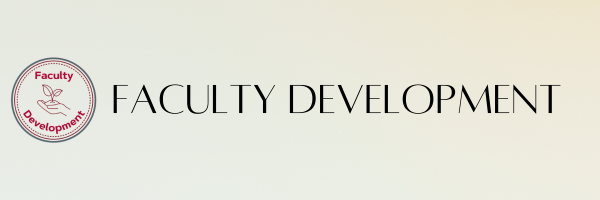| Trouble viewing this email? Read it online. |

| November 19, 2024 |
|
Welcome to the Tuesday Teaching Tip, an easy-to-implement tool that you can use immediately in your classroom teaching. TUESDAY TEACHING TIP: Resources for Enhanced Assessment of Student Learning Feeling like you have too much to do at the end of the quarter with too many papers to read, assignments to grade, projects to evaluate? We might not be able to help you with your grading right now, but you can save time and improve feedback quality by incorporating digital tools into your assessment process moving forward. Tools like Gradescope, the Camino Speedgrader, Hypothesis.is, and PollEverywhere allow you to create and use rubrics, observe the development of your students' learning via social annotation, and offer in-depth feedback quickly. With built-in features to track student performance and highlight patterns, these platforms streamline assessment and help you identify areas where students may need additional support. By using auto-grading features for objective questions, and rubrics for subjective ones, you can ensure consistency and fairness across all assessments and reduce overall grading time in your courses. This week, we challenge you to try one of these tools. Here’s one way to do it
DID YOU DO IT? Let us know how it went. We would love to hear your feedback about how you implemented today’s Tuesday Teaching Tip in your classroom. Click here to fill out our 3-question survey. UPCOMING EVENTS Come to the CAFE on Resources for Enhanced Assessment of Student Learning on December 3 to learn more about how faculty use tools like PollEverywhere, Gradescope and Hypothesis.is in their classrooms, and stay for dessert during the Implementation Hour to get started building these tools into your own course designs. Attend the December 4th workshop on Outcomes-Aligned Assessments, co-sponsored by the Office of Assessment, Undergraduate Studies, and Core Curriculum Committee, for support revising or creating a new syllabus and assignments that are effectively aligned to your course outcomes. Check out the several Teaching and Technology Workshops offered by Academic Technology over winter break. This week’s Tuesday Teaching Tip was prepared by Nancy Cutler, Eric Haynie and Patti Simone on behalf of the Faculty Collaborative. Missed a teaching tip? Read them all here. And check out our full calendar of CAFEs and other Faculty Development events. |
| Faculty Development |